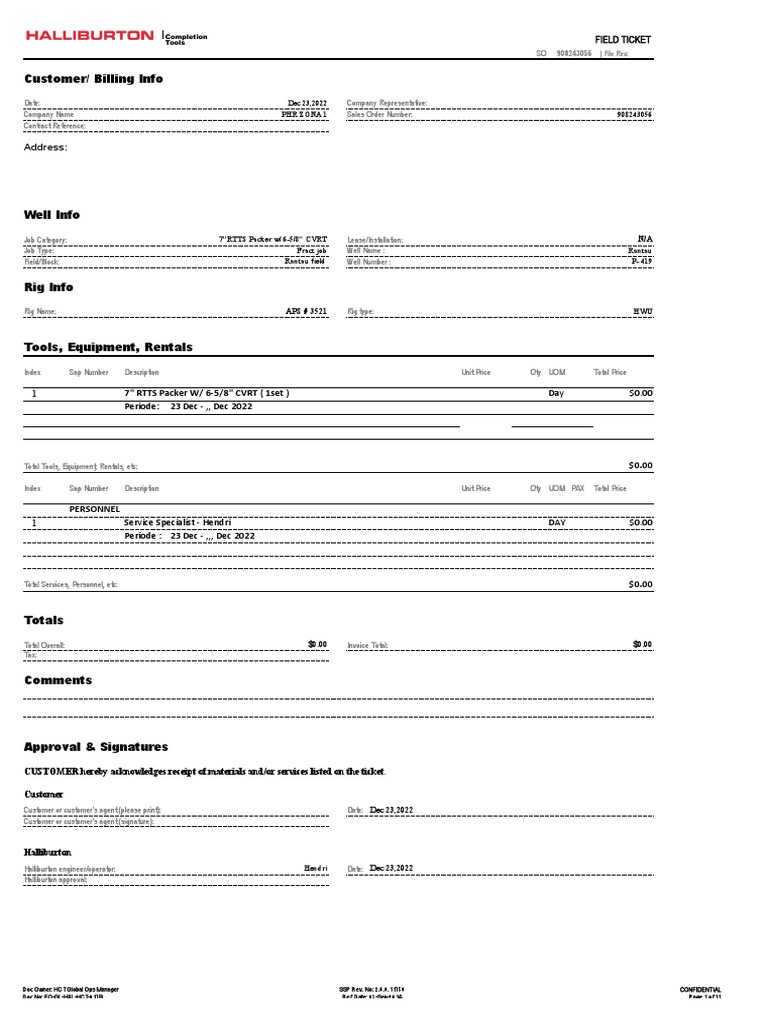Filing for Divorce in LA County: Where to Start

Starting the process of filing for divorce in Los Angeles County can feel overwhelming. This extensive guide aims to clarify the steps, provide useful tips, and ensure you are fully prepared for what lies ahead. Whether you are seeking a divorce, dealing with child custody, or navigating through property division, understanding the legal process can help alleviate some of the stress associated with divorce.
Understanding Legal Grounds for Divorce in LA

Before you embark on filing, it’s crucial to understand the grounds for divorce:
- No-Fault Divorce: You need to prove an "irreconcilable difference" between spouses, making the marriage irretrievably broken.
- Residency Requirement: Either you or your spouse must have been a resident of California for six months, and LA County for three months.
Remember, California is a no-fault state, which means you don't need to prove fault to get divorced.
Filing for Divorce: The Steps Involved

1. Gathering Necessary Documents

Before filing, prepare the following:
- Financial statements
- List of assets and debts
- Any prenuptial agreements
- Copies of any restraining orders or child custody arrangements
2. Preparing and Filing the Petition

Here is what you need to do:
- Complete the Petition for Dissolution of Marriage (FL-100).
- File the petition at the Los Angeles County Superior Court.
- Serve the petition to your spouse, along with the Summons (FL-110), within 30 days of filing.
📌 Note: Serving can be done through a process server or sheriff, not by you personally.
3. Responding to the Petition

After being served:
- Your spouse has 30 days to respond with the Response (FL-120), or they might default.
⚠️ Note: If your spouse does not respond, you can ask the court for a default judgment.
4. Temporary Orders

If immediate decisions are needed:
- File for temporary orders concerning custody, support, or property use.
5. Disclosure of Assets and Debts

Both parties must disclose:
- Preliminary Declaration of Disclosure (FL-140 and FL-141) for property, debts, income, and expenses.
6. Settlement or Trial

The final step involves:
- Attempting mediation or negotiation for a settlement.
- If a settlement isn’t reached, the case goes to trial where a judge decides unresolved issues.
Understanding Child Custody and Support

| Aspect | Description |
|---|---|
| Legal Custody | Right to make decisions about the child's upbringing (health, education, etc.) |
| Physical Custody | Where the child primarily lives. |
| Visitation Rights | Time scheduled for the non-custodial parent to spend with the child. |
| Child Support | Financial support for the child, calculated based on income, custody, and time-sharing. |

Handling Property Division

California follows community property rules:
- All property and debts acquired during marriage are divided equally, barring any agreements or significant misconduct.
- Separate property, like inheritances or assets owned before marriage, remains with the original owner.
💡 Note: Even if one spouse earned more, the division is intended to be equal.
Wrapping Up

By following these steps, you'll be well-equipped to navigate the complex process of divorce filing in LA County. Remember, seeking legal advice from an experienced attorney can ease many of these burdens. With the right preparation and understanding of the process, you can approach this life-altering event with a clear mind, ensuring you and your children, if any, are protected and your assets are divided fairly.
How long does it typically take to get a divorce in LA County?

+
The time frame for divorce in LA County varies, typically taking 6 months from the date of service until the judgment can be entered. Complex cases might take longer.
Can I file for divorce if my spouse lives outside California?

+
Yes, as long as you meet the residency requirement for California and LA County, you can file for divorce even if your spouse lives elsewhere.
What are the costs associated with filing for divorce?

+
The filing fee varies but is usually around $435. Attorney fees, mediation, and other associated costs can increase the overall expense.



